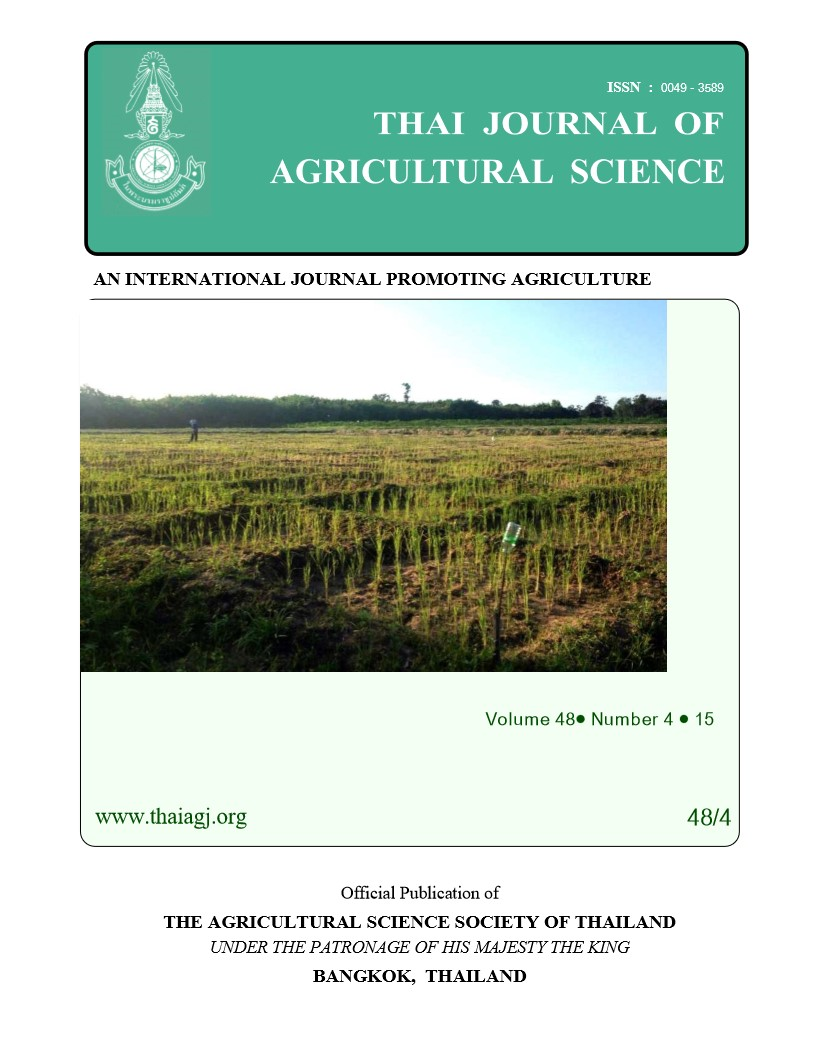A review on the biology, distribution and management of Odoiporus longicollis Oliver (Banana Pseudostem Weevil)
Main Article Content
Abstract
Banana, a food crop and as a fruit crop, enjoys the status of staple food in many of the tropical nations. Global production of banana is 102.02817 million tons, of which India contributes 29.19%, and ranks first in production (FAO STAT-2013). However, production of banana in Asia is severely affected by a complex of insect pests, particularly by banana pseudostem weevil (BPW) (Odoiporus longicollis Oliver). Severe incidence by this pest has been reported from across the banana growing belts of the world. Adult feeds on the pseudostem and female makes ovipositional punctures on the outer sheath of the plant. Eggs are deposited in the air cavity, and on hatching, the grubs make longitudinal tunnels. Pseudostem of the heavily infested plant is often hollow, weak and it fall prematurely, causing 10-90% yield loss depending on the infestation stage and management efficiency. Applications of chemical insecticides are the only management measure but the insect is gaining resistance over it. Injudicious use of chemical inputs in agriculture poses challenge to sustainable agriculture and management is possible only by understanding the pest in its morphological, taxonomical, biological and distribution levels.


